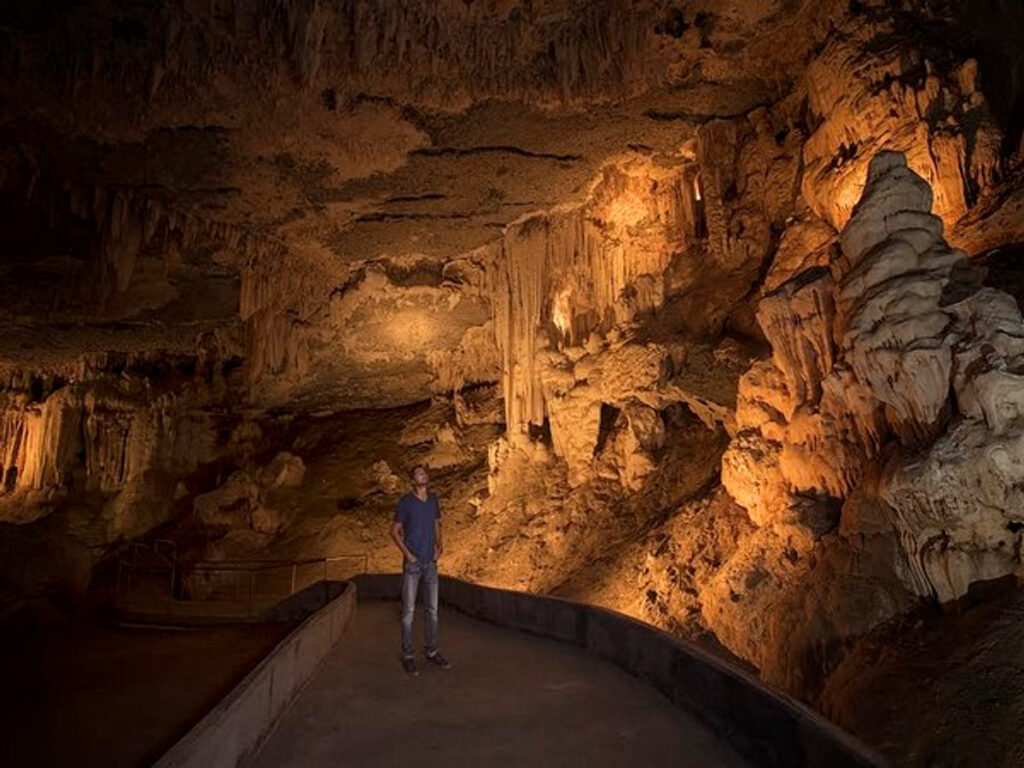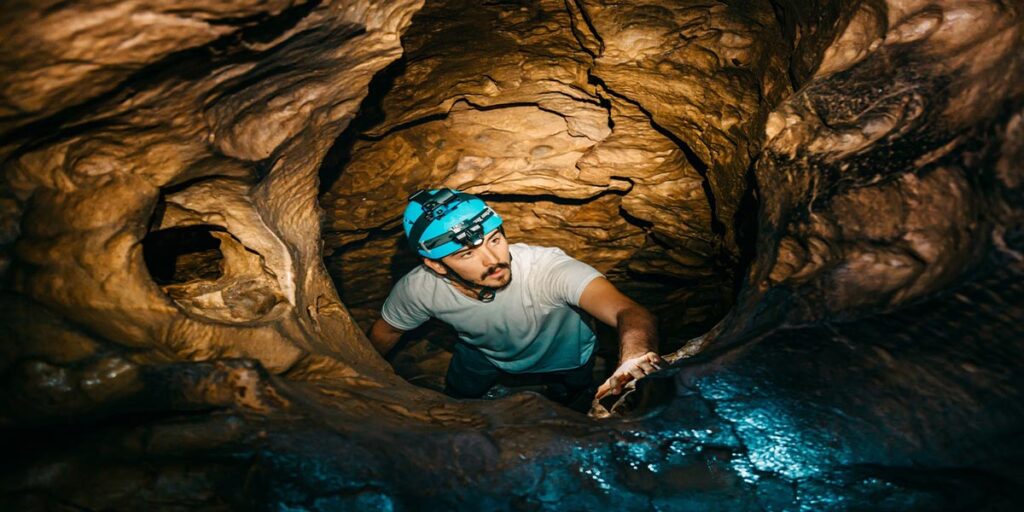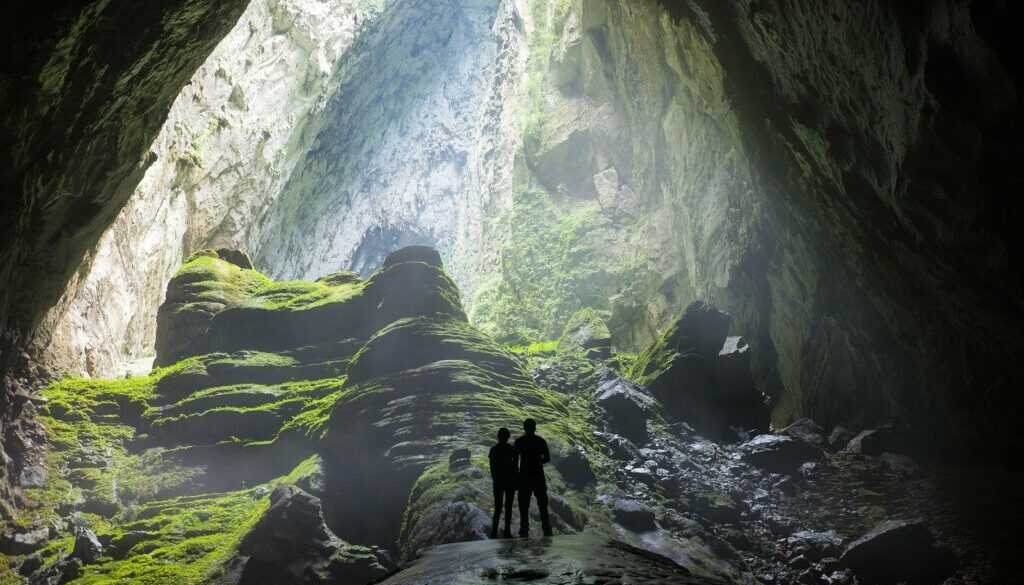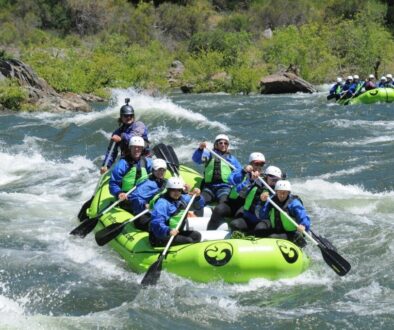Cave Exploration: Unearthing Earth’s Subterranean Wonders
Buried beneath the surface lies a hidden world, a labyrinth of darkness, and an undiscovered sanctuary – caves. These enchanting subterranean wonders have long captured the imaginations of adventurers, explorers, and scientists. Cave exploration allows intrepid individuals to traverse the depths of the Earth, unearthing the most breathtaking geological formations, embracing the unknown, and witnessing nature’s awe-inspiring beauty firsthand.
With this article, we invite you to embark on a virtual journey through Cave Exploration: Unearthing Earth’s Subterranean Wonders. Prepare for an immersive experience filled with fascinating discoveries and captivating tales as we unravel the secrets hidden within these mystical underground chambers.
The Majesty of Caves: A Symphony of Nature’s Artistry
Caves, the guardians of Earth’s mysteries, exhibit an unparalleled artistic masterpiece shaped by time, water, and geological forces. Let’s delve into the awe-inspiring features that make Cave Exploration: Unearthing Earth’s Subterranean Wonders truly astonishing:
1. Stalactites and Stalagmites: Nature’s Sculptures in Stone
- Stalactites and Stalagmites, like nature’s meticulously crafted sculptures, awe-inspiring to even the most seasoned cave explorer.
- Hanging gracefully from cave ceilings, stalactites slowly descend, dripping mineral-rich water to create elongated formations.
- Rising from cave floors, stalagmites patiently build upward, mirroring stalactites’ descent and forming mesmerizing structures.

- Together, they transform caves into ethereal galleries, each one unique with its delicate tapestry of stone.
2. The Dreamlike World of Underwater Caves
- Submerge into the captivating realm of underwater caves, where an entirely different ecosystem exists.
- These submerged wonders offer divers an immersive experience where light refracts through crystal-clear water, revealing hidden chambers hiding marine life.
- Swimming among stunning limestone columns and exploring untouched underwater galleries is an adventure like no other.
3. Glowworm Caves: Illuminating Nature’s Enigma
- Enter the mystical realm of glowworm caves, where luminescent creatures like little stars paint the darkness with their radiant glow.
- An idyllic boat ride through these caves at night will envelop you in a celestial spectacle, as thousands of glowworms illuminate the cave ceilings, creating an enchanting canopy of awe.
Challenging Aspects of Cave Exploration
Cave exploration is not for the faint-hearted. It presents several challenges that explorers must overcome to safely navigate these mysterious underground environments. The following are some of the most challenging aspects of cave exploration:
Physical Dangers:
Cave systems can be treacherous, with various physical hazards that explorers must contend with. Narrow passages, tight squeezes, and steep drops can pose risks of injury, especially if not approached with caution. Caves are also home to uneven surfaces, loose rocks, and slippery terrain, making it crucial for explorers to have proper footwear and be mindful of their surroundings to avoid accidents.
Furthermore, caves can be prone to flooding during heavy rains, making it essential for explorers to monitor weather conditions and assess the risk of flash floods before venturing into a cave system.
Psychological Challenges:
Exploring the depths of a cave can be mentally demanding. Darkness, tight spaces, and a sense of isolation can create a sense of unease or claustrophobia. The absence of natural light and the constant presence of silence can be disorienting and evoke feelings of vulnerability.
Overcoming these psychological challenges requires mental strength, resilience, and the ability to remain calm under pressure. Proper training and preparation can help individuals develop the necessary psychological coping strategies to navigate these unique environments.

Equipment and Safety Precautions:
Equipping oneself with the right gear and taking appropriate safety precautions is vital for a successful and safe cave exploration. Helmets with headlamps or powerful flashlights are essential to provide illumination in the darkness of the cave. Rope systems, harnesses, and karabiners are necessary for navigating vertical passages or areas with steep drops.
Proper clothing, such as sturdy boots, protective clothing layers, and gloves, can help protect against cuts, scrapes, and sharp rock formations. It is also crucial to carry emergency supplies, including first aid kits, communication devices, and extra batteries. Ensuring that all equipment is in good working condition and regularly inspecting and maintaining it is paramount to a safe and successful expedition.
Archaeological and Historical Discoveries in Caves
Caves have acted as natural archives, preserving valuable remnants of the past. Numerous archaeological and historical discoveries have been made in caves around the world, shedding light on ancient civilizations and their way of life. Some of the significant discoveries include:
Cave Art and Ancient Civilizations:
Caves have been adorned with magnificent paintings and engravings created by our ancestors thousands of years ago. These cave art masterpieces provide glimpses into prehistoric cultures, capturing their artistic expressions, rituals, and beliefs. Examples of famous cave art sites include Lascaux Cave in France, Altamira Cave in Spain, and Bhimbetka Rock Shelters in India. The art found in these caves showcases the incredible creativity and skill of our ancient ancestors.
Shelter and Habitation Evidence:
Caves have served as shelters for humans and animals throughout history. Over time, caves have preserved evidence of human habitation, including ancient tools, pottery fragments, and personal artifacts. Archaeologists study these remnants to gain insights into our ancestral communities’ daily lives, their hunting and gathering practices, and their adaptation to different environments.
Additionally, the study of animal bones and remains found in caves has provided valuable information about past ecosystems and species distributions.
Artifact Preservation:
Caves offer unique preservation conditions that protect artifacts from deterioration. The consistent temperature and humidity in caves create stable environments suitable for preserving organic materials such as wood, leather, or textiles. This has allowed for the exceptional preservation of artifacts like ancient manuscripts, clothing, and even human mummies. By studying these well-preserved artifacts, archaeologists can learn about past technologies, craftsmanship, and cultural practices.

Future Prospects in Cave Exploration
Cave exploration continues to offer exciting prospects for scientific discovery and understanding. As technology advances and our knowledge deepens, the future of cave exploration holds great promise. Here are two key areas that highlight the potential for future exploration:
Potential for Discovering New Species:
Caves harbor unique ecosystems that have been isolated from the surface for thousands of years. These subterranean environments provide a haven for specialized cave-dwelling species, often found nowhere else on Earth. As cave exploration techniques improve, there is tremendous potential for discovering new species that have adapted to the challenging conditions of the cave environment.
Explorers may encounter previously undiscovered insects, crustaceans, spiders, or even new types of bacteria. These discoveries contribute to our understanding of biodiversity and can provide valuable insights into the process of evolution.
Studying Climate Change Through Cave Formations:
Cave formations, such as stalagmites and flowstones, act as natural archives of past climate conditions. By analyzing the chemical composition of these formations, scientists can reconstruct past climate patterns and gain insights into how the Earth’s climate has changed over thousands of years. Cave formations are particularly valuable for studying long-term climate variations, such as the effects of glacial-interglacial cycles or shifts in precipitation patterns. This research is vital in understanding current and future climate change dynamics and can contribute to improved climate models and predictions.
In addition to these key areas, future prospects in cave exploration include advancements in technology for cave mapping and 3D modeling, which can enhance our understanding of cave systems and aid in their preservation. Exploration of deeper and more remote caves, such as underwater cave systems, also provides opportunities for new discoveries and scientific breakthroughs.
By pushing the boundaries of cave exploration, scientists and explorers can continue to unearth fascinating new information about Earth’s history, biodiversity, and the effects of natural processes on our planet. The future holds the promise of remarkable discoveries that will shed light on our past, and contribute to important scientific knowledge that will benefit both current and future generations.

FAQs: Satisfying Your Curiosity
Here are the answers to some frequently asked questions about cave exploration:
- Q: How are caves formed?
A: Caves are typically formed by the erosion of limestone or other soluble rocks through chemical processes. - Q: Is cave exploration risky?
A: Cave exploration does carry risks, such as uneven terrain, narrow passages, potential flooding, and the need for specialized equipment. Therefore, it’s important to embark on cave exploration with proper training and guidance. - Q: Can caves have unique ecosystems?
A: Yes, caves can harbor distinctive ecosystems. Some caves even house species adapted to the cave environment, known as troglobites. These adoptions can include the loss of pigmentation and development of unique sensory organs. - Q: Can anyone go cave exploring?
A: While cave exploration is an exhilarating experience, it requires physical fitness, proper training, and adequate supplies. It is recommendable to join organized expeditions or seek guidance from experienced cave explorers.
Conclusion: A Journey into Earth’s Depths
As we emerge from the depths of Cave Exploration: Unearthing Earth’s Subterranean Wonders, we leave behind a world both mesmerizing and mysterious. These hidden treasures beneath our feet remind us that our planet has many secrets still waiting to be discovered.
So, fellow explorers, embrace the allure of cave exploration, for there is magic in unveiling the hidden wonders that lie beneath the surface. Let the spirit of adventure guide you as you embark on your own journey to unmask Earth’s subterranean mysteries, in the cave exploration.

Also Read:



